British-Iraqi architect Zaha Hadid (1950-2016) once said "Rather than a style as such, what I do is try to stay always at the forefront of innovation”. It’s a clear expression of how she became a key figure for many in the evolution of an experimental architecture that imagined the new spaces of the 21st century. Hadid conceived of her work as a transformation of the vision of the future, using innovative concepts and forms to create cutting-edge works and designs full of originality, power and vanguardism. Hadid’s architectural language possesses an indisputable personality and unique character that is usually instantly recognisable. Her expressivity resonates with her outstanding personal achievement; an immigrant of Arabic origins, she was a unique voice in a profession that was never considered appropriate for women.
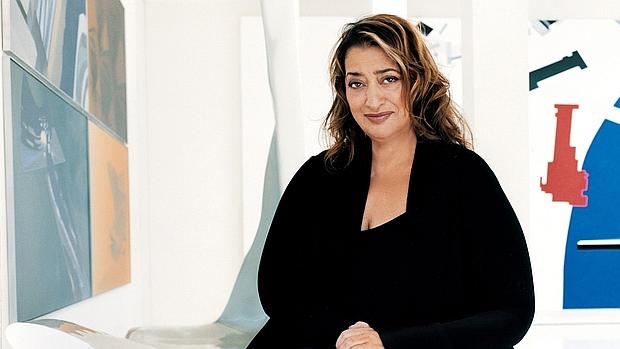
British-Iraqi architect Zaha Hadid (1950-2016) once said "Rather than a style as such, what I do is try to stay always at the forefront of innovation”. It’s a clear expression of how she became a key figure for many in the evolution of an experimental architecture that imagined the new spaces of the 21st century. Hadid conceived of her work as a transformation of the vision of the future, using innovative concepts and forms to create cutting-edge works and designs full of originality, power and vanguardism.
Hadid’s architectural language possesses an indisputable personality and unique character that is usually instantly recognisable. Her expressivity resonates with her outstanding personal achievement; an immigrant of Arabic origins, she was a unique voice in a profession that was never considered appropriate for women. It is no coincidence that she was the first, and so far only, woman to receive the prestigious Pritzker Prize in 2004, which marked a turning point in her career.
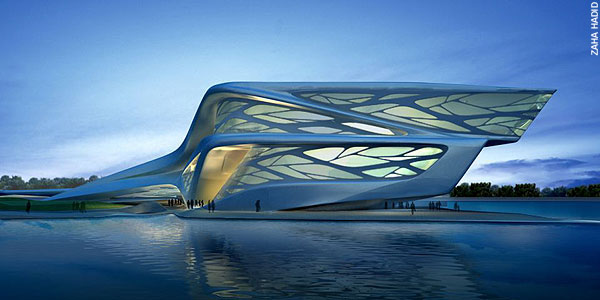
In the 1970s she was part of the deconstructivist movement, having studied at the Architectural Association in London, and worked at the new Office for Metropolitan Architecture as part of the circle surrounding Rem Koolhaas. However, Hadid soon became independent, opening her own London-based architecture practice in 1980, with a clear will to experiment. By 1983 she had already won her first competition, with a futuristic research and design project for The Peak Leisure Club in Hong Kong. In Hadid's lesser-known early drawings we can see the blueprint of an urban cartography; a stratified, refracted, almost geological view of modern urban life which experimented with new techniques in research and investigation.
Her groundbreaking vision was confirmed in the celebrated exhibition “Deconstructivism in Architecture” at New York’s Museum of Modern Art in 1988, which Hadid actively participated in alongside Frank Gehry, Daniel Libeskind, and many other members of that vanguard movement. From then on Hadid combined her architectural and design work with a permanent professorship at the prestigious Harvard Graduate School of Design. This combination provides a key to understanding both her formative roots in the avant-garde, and her complex artistic and intellectual personality.
The early nineties brought the first material results of Hadid’s research. The 1994 Vitra Fire Station in Weil am Rhein revealed a concept of space characterised by the use of lightweight exteriors, sharp angles and prismatic shapes. Yet the experimentation with lighting and the integration of the building into the landscape anticipated her later work. She pursued an aesthetic vision that took in every aspect of design, from exterior structures, to interiors and furniture; as confirmed by her design for the Moon Soon Restaurant in Sapporo, Japan in 1990. With this new creation Hadid offered an interpretation of decentred space inspired by the Japanese city’s traditional ice buildings.

Vitra Campus
In contrast to the sharp angles of her early work, her later projects came to make greater use of sweeping curves, spirals, fluid lines and spaces. Structure became a form of landscape, proving that the "controlled chaos" of deconstructivism could become a material reality. During the second half of the nineties Hadid's style was evolving away from the use of flat surfaces to become much more volumetric and spatial. This can be seen, for example, in the Contemporary Arts Center in Cincinnati, which was began in 1997 and completed in 2003. This ambitious work, her first in the USA, perfectly displays her quest for new, integrative models of urban design for both interiors and exteriors. In fact, the entrance hall and the building’s surroundings were organised into an "urban carpet", which formed a continuous surface between the street outside and the interior. Beginning on the corner where the building stands, the surface curves up and inside, rising until it becomes the back wall.
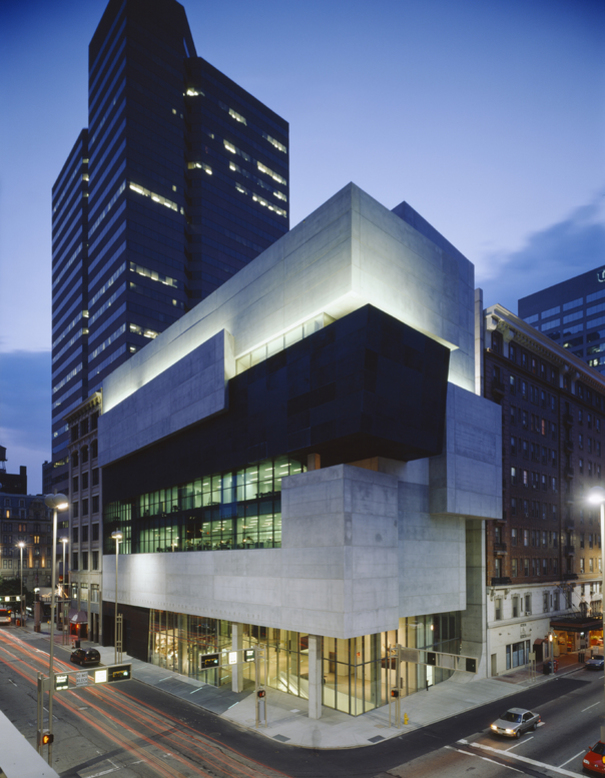
Contemporaty art center Lois & Richard Rosenthal in Cincinnati
This groundbreaking concept evolved further with the National Museum of the 21st Century Arts in Rome (MAXXI). Inspired by the serpentine waters of the River Tiber, the building develops the idea of an open urban campus over which the interior spaces extend to include or integrate the entire city. Its elaborate forms, sinuous contours and varied, overlapping dimensions create a spatially complex, yet always functional structure. Both the interior and exterior surfaces of its curved walls are used to exhibit projections and installations, capturing the attention of visitors.
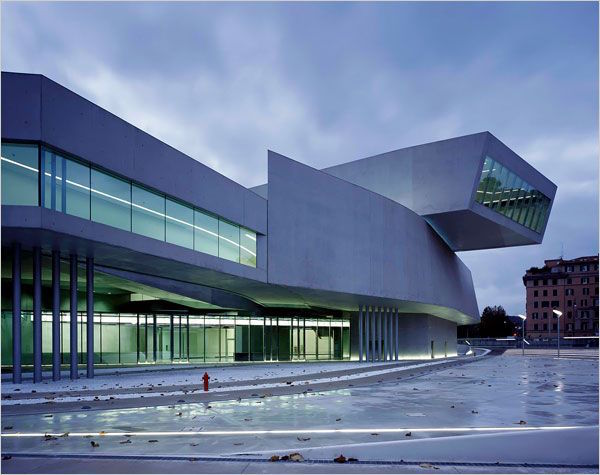
National Museum of the 21st Century Arts in Rome (MAXXI)
From the beginning of the new millennium Hadid's powerful projects confirmed time and again her goal to break with architectural convention in whatever she did; turning buildings into landscapes and rethinking their physical and formal limits. For example, the Guangzhou Opera House in China is probably one of her most spectacular works in terms of its monumental dimensions. However, despite the sheer size, the fluid movement and dialogue between its four large independent structures do not clash with the other urban spaces of that rich Chinese city, where it functions as a cultural nerve centre.
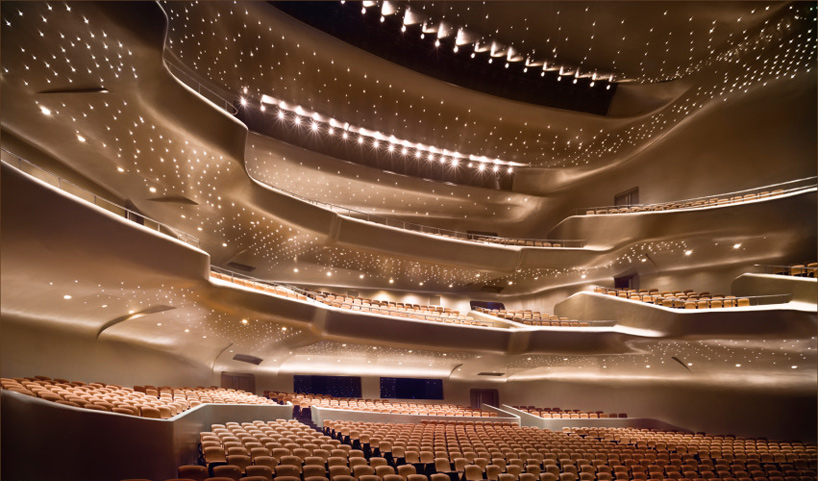
Guangzhou Opera House
Of course, the relationship between the building and the city is a constant theme in her work. The Bridge Pavilion, constructed for the Expo 2008 in Zaragoza, is a paradigm example and one of the most representative works of her career. This extremely complex work of engineering combines technical virtuosity with functionality; the contents and interiors were designed to be a space of collective reflection on the theme of sustainable development, hosting the exhibition “Water – A Unique Resource”. The fact that this dialogue on water is realised over a river as symbolic as the Ebro not only accentuates the scale of the global challenge, but acts as a window into the heart of the city, which it invites us to contemplate "from within".
In a world structured by shapes, Hadid's groundbreaking projects broke with the habitual, the lineal. Her style demonstrated a perfect command of non-rectilineal forms, particularly three-dimensional shapes. The elegant, undulating exterior surface of the Heydar Aliyev Center in Baku has a geometric fluidity, folding in on itself to form both the concert hall and the interior hall. Moreover, her style came to dispose of traditional decorations, as seen in the London Aquatics centre, one of the main venues for the 2012 Olympics. The use of concrete to make the wave-shaped roof creates a texture that also serves as a form of ornamentation.
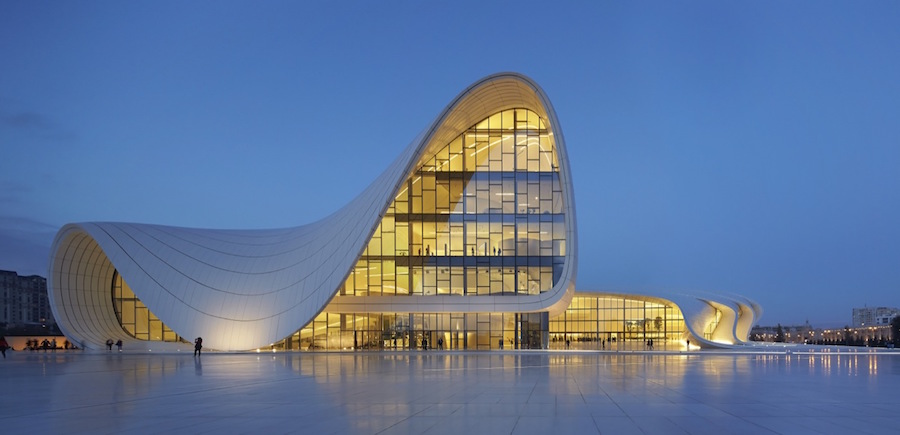
Heydar Aliyev Center in Baku
Zaha Hadid's unexpected death at 85 has left a void in the still young history of 21st century architecture that cannot be filled. Her multi-faceted talent as architect, designer and teacher combined technical, artistic and intellectual qualities of inestimable value. All of this has forged an international reputation that extends far beyond the many accolades she justifiably received from the public and media in her lifetime. It is still too early to say whether her powerful contribution and formidable architectural personality will survive the customary criticisms and hasty judgements of the day. Only the discourse of future generations will confirm this undeniably iconic female architect's place in history. As seen in her petal-like sculpture "Kloris", Hadid's work opens up form to a myriad of new possibilities and more organic ways of representing architectural thought. That is why her life's work, which constantly challenged and reimagined the spaces and landscapes of the future, will continue after her death.
(Translated from the Spanish by Ben Riddick)
- Zaha Hadid. Biography, works and exhibitions - - Alejandra de Argos -



